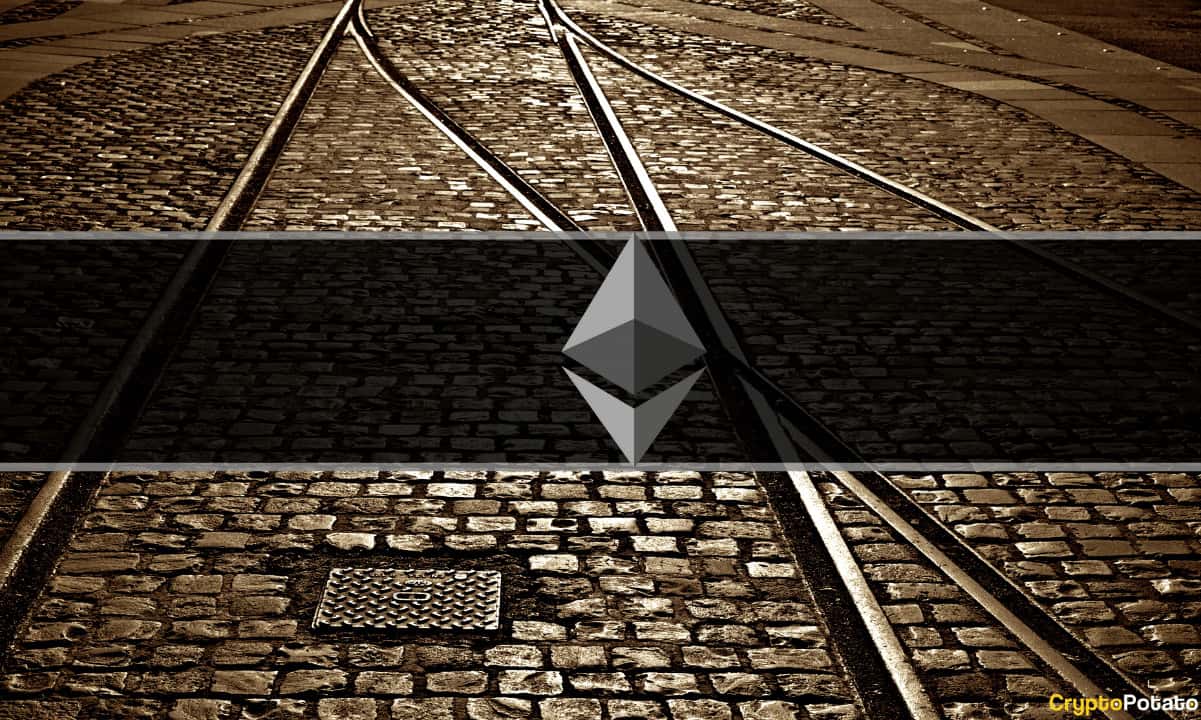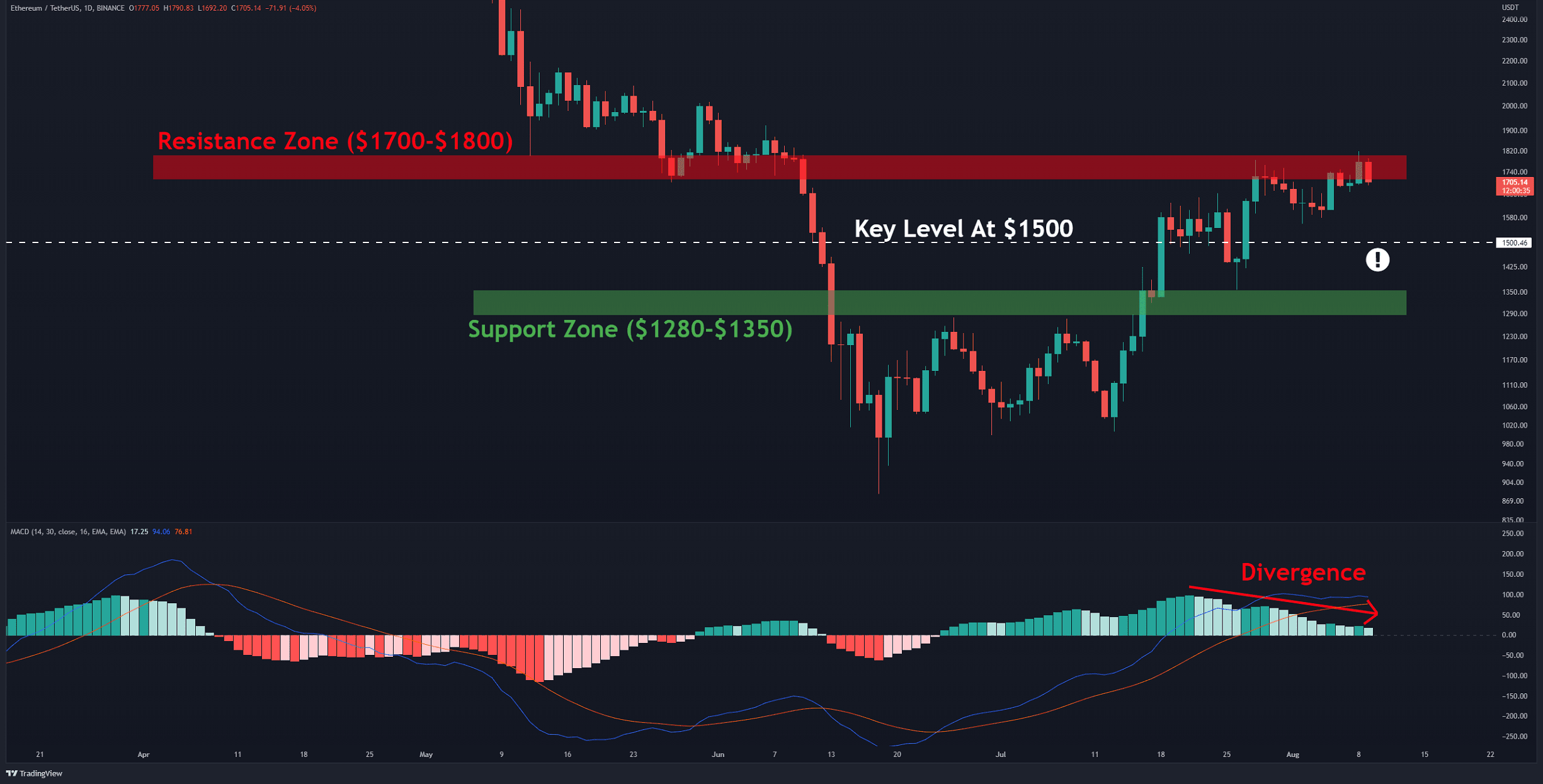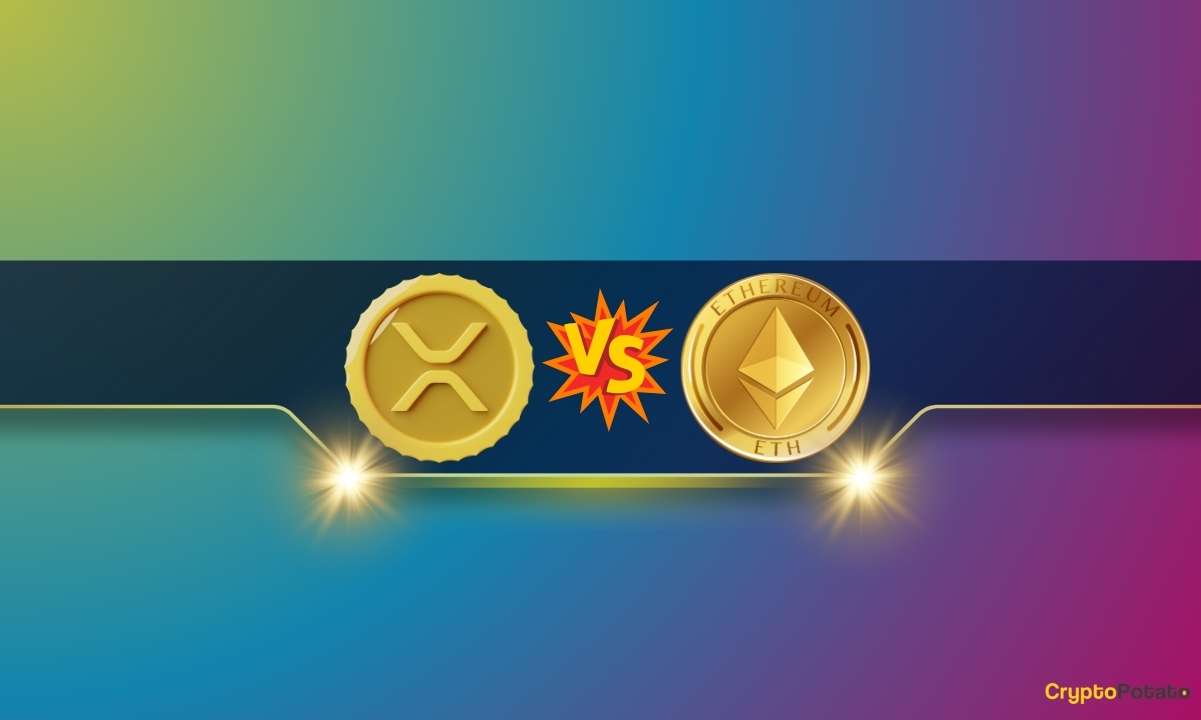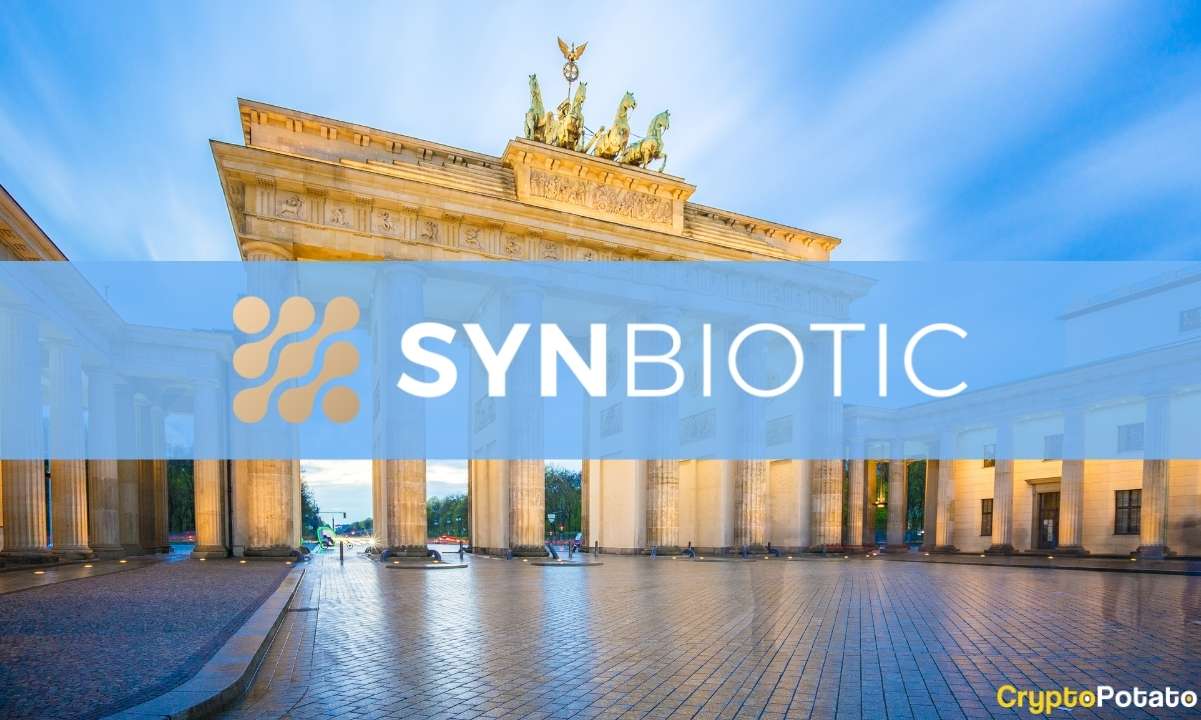The decentralized finance (DeFi) ecosystem has seen a parabolic explosion in usage since the start of 2020.
Data indicates that the total value locked in DeFi applications has just reached a new all-time high of $14.39 billion. At the start of 2020, this metric was closer to $500 million.
Dune Analytics also reports that the total number of DeFi users has surpassed 800,000. At the start of 2020, this number had not even crossed 100,000. This growth has largely been a byproduct of Ethereum-based developers and applications.
But increasingly, Polkadot has been seen as the platform for decentralized finance. Polkadot’s DOT cryptocurrency, founded by the CTO of Ethereum, is the eighth-largest digital asset by market capitalization, as of writing these lines.
Due to technological breakthroughs, the Polkadot ecosystem has the capacity to process thousands of transactions per second at a relatively low cost compared to its competitors. Instead of hosting all transactions on a base chain, Polkadot uses a system of “parachains,” which are a series of customizable networks connected to a relay chain. This reduces strain off the main network and increases functionality.
Developers are increasingly realizing the value of Polkadot. Bloomberg reported in October that “some 253 projects, ranging from so-called stablecoins to social networks, are being built on the network.” In September, this number was fewer than 200.
So who is driving the growth of DeFi on Polkadot? And why are developers and users increasingly inclined to use it?
A Full-Stack DeFi Experience
Core to any financial ecosystem is loans, interest paid to creditors, and stablecoins.
RioChain, a parachain built by RioDeFi, is attempting to become the foremost player in these financial services for Polkadot. RioChain is an audited parachain that provides developers with a pre-made and adaptive suite of tools that allows them to build a DeFi ecosystem from the ground up.
RioChain is planning to offer tools for a number of decentralized financial services, including but not limited to and instant Bitcoin lending, savings accounts, and stablecoins collateralized in cryptocurrency.
The project is also taking a focus on e-commerce and digital payments more broadly. Traditional payment systems today often charge extremely high fees, can be censored, and may take days. RioChain is looking to solve these shortcomings with decentralized infrastructure to cut out the middlemen, preserve user privacy, and lower costs for both consumers and retailers.
Core to RioChain’s functionality is the concept of interoperability, which suggests that blockchains, applications, and different coins should be able to interact with one another to collectively build network effects.
RioChain’s First App
The first decentralized application built on RioChain’s infrastructure is MANTRA DAO, a community-led platform where users can stake, lend, borrow, and govern in a decentralized manner.
MANTRA DAO has received investments from prominent crypto-asset venture companies like Kenetic Ventures, Genesis Block, and Plutus VC.
MANTRA DAO currently has a focus on staking, where users can stake cryptocurrencies to earn yields paid in OM, the protocol’s native digital asset. For instance, users can stake OM to earn regular returns paid in the cryptocurrency, or they can stake RFUEL, the native coin of the RioChain ecosystem.
The developers behind the protocol are currently working on applications for decentralized lending and borrowing using the infrastructure created by RioChain.
Other Interesting DeFi Applications on Polkadot
RioChain and MANTRA DAO are only one of many DeFi applications making an impact on Polkadot.
Acala raised $7 million in the summer from funds such as Pantera Capital, ParaFi Capital, and Spartan Capital. Acala is a multi-faceted DeFi protocol that is looking to support a number of primitives.
Its first focus is a decentralized stablecoin called Acala Dollar. Each aUSD coin is backed by a basket of a number of cryptocurrencies. The stablecoin can be transacted across the globe at low cost, across all connected blockchains.
Acala is also working on a decentralized savings account, a decentralized exchange, and a governance portal that will allow holders of its native token ACA to choose in what direction they want the protocol to head.
The Need for Faster and Cheaper Transactions: Yet To See
Driving the growth of Polkadot’s DeFi ecosystem is the need for faster and cheaper transactions.
During the DeFi craze of August and September earlier this year, users found themselves paying upwards of $30 per each interaction with DeFi applications on Ethereum. Those that paid below the market rate had to wait minutes or even hours for their transaction to be processed by miners.
Polkadot solves this issue through its solution of parachains, which eliminates much of the bottlenecks that exist in using older blockchain architectures. However, it is yet to see whether or not Polkadot can become scalable and get widely used just like Ethereum did over the past years.
Analysts in the space expect DeFi development to gain further traction on networks where there are no serious scaling concerns. Polkadot is one such network. And driving the DeFi ecosystem on Polkadot will be applications like MantraDAO, Rio Chain, and many more.








